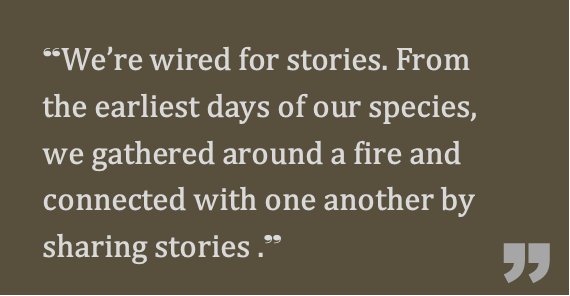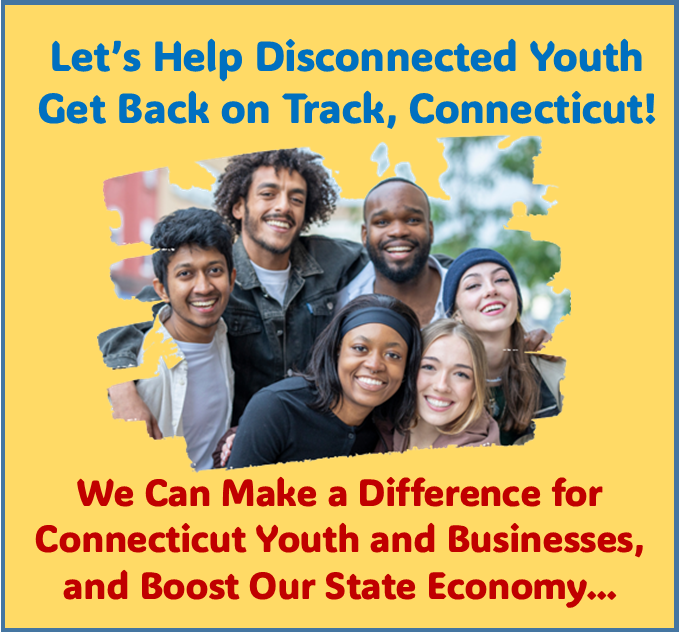PERSPECTIVE l When Nonprofits Stories Earn Your Attention
/by Mary Cahalane What does your attention cost?
In today’s world, our attention – our mind-space – has become commodified. Ads at the checkout line, logos in every possible space – they’re filling our eyes and ears and demanding our attention. And all for some company’s profit.
 I read, nodding. I understand the value of quiet (or focus… I do work with music on). The best thinking only happens when we have our brains to ourselves. It’s precious today.
I read, nodding. I understand the value of quiet (or focus… I do work with music on). The best thinking only happens when we have our brains to ourselves. It’s precious today.
What about nonprofit organizations? Are we part of the problem? We ask for people’s attention every day.
But we use our powers for good, not evil, right?
If we stopped sending letters and emails, the void would be filled with more commercial appeals. And it’s not about who shouts loudest, though out-shouting the competition might be part of it. (That lovely woman won’t give to you if she doesn’t know you exist.)
Human attention spans are now shorter than a goldfish’s. So what’s the key to being seen and heard in our cacophonous world? How do we attract a donor or prospective donor’s attention long enough to get a response that will help support our cause?
An article in the New York Times suggested the answer to our disappearing attention spans is to be quick about it. Match your speed to the span. Say what you have to say - quickly.
But longer fundraising appeal letters generally get a better response than shorter letters. So short and fast is not always the right answer.
In my view, at least part of the answer is focus and intent. A sure-fire way to be seen as charming is to shut your mouth, open your ears and pay attention to the other person.
Most nonprofit organizations probably communicate too little, not too much. But we have to earn the attention we need to succeed. What we say to our donors has to be relevant – to their lives, not just to our needs and our schedules.
Are we writing about ourselves, our organizations? Or are we writing about the donor - her interest in the cause, her desire to help, her need to hear she can have an impact? If we’re going to ask for a person’s precious attention, we’d better be ready to make it worthwhile. That means making it all about them.
Another answer to short attention spans might be stories.
We’re wired for stories. From the earliest days of our species, we gathered around a fire and connected with one another by sharing stories. Diving into a story means I can put down the phone, turn off the computer and completely lose myself for a while.
Stories are powerful fundraising, too. We’re primed to enjoy them. They cut through the clutter. A great story can quiet our minds and reach our hearts. And that’s really what we hope for, isn’t it?
If you want to be noticed and want your organization to win support, use stories. Make sure your donor is the hero of the story – and leave her hanging a bit. The end of the story is up to her. Will she come to the rescue?
Mary Cahalane is a nonprofit fundraising consultant, and author of the blog Hands-On Fundraising. She has more than 30 years of experience with community-based organizations, major regional theaters and a variety of nonprofit organizations in Connecticut and beyond.
_________________________________________________________
CT by the Numbers publishes opinion articles of 600 words or less. Submissions should be emailed to info@ctbythenumbers.info. Perspectives are published at the discretion of CT by the Numbers.





























